- Description
- Reviews (0)
Description
Objective
The Cisco RV132W ADSL2+ Wireless-N VPN Router offers great performance and is easy to set up, deploy, and use. This device can be used to connect to a regular Ethernet Wide Area Network (WAN) interface or to an Asymmetrical Digital Subscriber Line 2 plus (ADSL2+) interface. It also supports Cisco FindIT Network Management, which allows you to manage supported Cisco devices, such as Cisco switches, routers, and wireless access points. To learn more about Cisco FindIT Network Management, click here. The RV132W is suited for small office home office (SOHO) and smaller deployments with Virtual Private Network (VPN) capabilities.
This article aims to show the product specifications of the RV132W ADSL2+ Wireless-N VPN Router.
Note: To learn more about the RV132W Wireless-N VPN Router, click here.
Product Specifications
|
Specifications |
Description |
|
Standards |
IEEE 802.11n, 802.11g, 802.11b, 802.3, 802.3u, 802.1D, 802.1p, 802.1w (Rapid Spanning Tree), 802.1X (security authentication), 802.1Q (VLAN), 802.11i (Wi-Fi Protected Access [WPA2] security), 802.11e (wireless QoS), IPv4 (RFC 791), IPv6 (RFC 2460), Routing Information Protocol (RIP) v1 (RFC 1058), RIP v2 (RFC 1723) |
Physical Interfaces
|
Ports |
LAN, WAN, USB, console |
|
Switch |
Power button (on, off) |
|
Buttons |
Reset, Wi-Fi (on, off) |
|
Cabling type |
Category 5e or better |
|
LEDs |
Power, DSL or WAN, Internet, LAN (ports 1-3), wireless, VPN, USB |
|
Operating system |
Linux |
Network Capabilities
|
Network protocols |
Dynamic Host Configuration Protocol (DHCP) server |
|
Point-to-Point Protocol over Ethernet (PPPoE) |
|
|
Point-to-Point Tunneling Protocol (PPTP) |
|
|
DNS proxy |
|
|
DHCP relay agent |
|
|
Internet Group Management Protocol (IGMP) proxy and multicast forwarding |
|
|
Rapid Spanning Tree Protocol (RSTP) |
|
|
Dynamic Domain Name System (DynDNS, NOIP) |
|
|
Network Address Translation (NAT), Port Address Translation (PAT) |
|
|
One-to-one NAT |
|
|
Port management |
|
|
Port mirroring |
|
|
Software configurable DMZ to any LAN IP address |
|
|
Session Initiation Protocol (SIP) Application Layer Gateways (ALG) |
|
|
LAN |
3 10/100 Mbps LAN ports with a managed switch |
|
WAN |
1 10/100 Mbps FE WAN port |
|
WAN |
1 ADSL2+ |
|
WLAN |
Built-in high-speed 802.11n wireless access point |
|
Routing protocols |
Static routing Dynamic routing RIP v1 and v2 Inter-VLAN routing |
|
Network Address Translation (NAT) |
Port Address Translation (PAT), Network Address Port Translation (NAPT) protocol |
|
VLAN support |
Port-based and 802.1Q tag-based VLANs |
|
Number of VLANs |
6 active VLANs (2-4094 range) |
|
IPv6 |
Dual-stack IPv4 and IPv6 6rd Stateless address auto-configuration DHCPv6 server for IPv6 Clients on a LAN DHCPv6 client for WAN connectivity Internet Control Message Protocol (ICMP) v6 Static IPv6 routing Dynamic IPv6 routing with RIPng |
|
Network edge (DMZ) |
Software-configurable to any LAN IP address |
|
Layer 2 |
802.1Q-based VLANs, 6 active VLANs |
Security
|
Firewall |
Stateful packet inspection (SPI) firewall, port forwarding and triggering, denial-of-service (DoS) prevention, software-based DMZ DoS attacks prevented: SYN Flood Echo Storm ICMP Flood UDP Flood TCP Flood Block Java, cookies, active-X, HTTP proxy |
|
Access control |
IP access control lists; MAC-based wireless access control |
|
Content filtering |
Static URL blocking or keyword blocking |
|
Secure management |
HTTPS, username and password complexity |
|
Wi-Fi Protected Setup (WPS) |
WPS |
|
User privileges |
2 levels of access: admin and guest |
|
QoS |
802.1p port-based priority on LAN ports, application-based priority on WAN ports 4 queues Differentiated Services Code Point (DSCP) support Class of Service (CoS) Bandwidth management for service prioritization |
Performance
|
NAT throughput |
75 Mbps (Ethernet WAN) |
|
Concurrent sessions |
2000 |
|
IPsec VPN throughput (3DES, AES) |
3 Mbps |
Configuration
|
Web user interface |
Simple, browser-based configuration (HTTP, HTTPS) |
|
Command-line interface (CLI) |
Command line using SSH |
|
Management |
|
|
Web user interface |
Simple, browser-based configuration (HTTP, HTTPS) |
|
CLI |
Command line using SSH |
|
Management protocols |
Web browser, Bonjour, Universal Plug and Play (UPnP) |
|
Event logging |
Local, syslog, email alerts |
|
Network diagnostics |
Ping, Traceroute, DNS lookup, and port mirror |
|
Upgradability |
Firmware-upgradable through a web browser, imported or exported configuration file |
|
System time |
Supports NTP, daylight savings, manual entry |
|
Languages |
GUI supports English |
Wireless
|
Radio and modulation type |
802.11b: direct sequence spread spectrum (DSSS), 802.11g: orthogonal frequency division multiplexing (OFDM), 802.11n: OFDM |
|
WLAN |
2.4 GHz IEEE 802.11n standard-based access point with 802.11b/g compatibility |
|
Operating channels |
11 North America, 13 most of Europe, auto-channels selection |
|
Wireless isolation |
Wireless isolation between clients |
|
Internal antennas |
2 |
|
Antenna gain in dBi |
3 dBi |
|
Transmit power |
802.11b: 17 dBm +/- 2.5 dBm; 802.11g: 15 dBm +/- 2.5 dBm; 802.11n: 15 dBm +/- 2.5 dBm |
|
Receiver sensitivity |
-85 dBm at 11 Mbps, -73 dBm at 54 Mbps, -68 dBm at mcs15, HT20, -65 dBm at mcs15, HT40 |
|
Radio frequency |
Single-band, works on 2.4 GHz |
|
Active WLAN clients |
Supports up to 50 concurrent clients |
|
Multiple SSIDs |
Supports multiple Service Set Identifiers (SSIDs), up to 4 separate virtual networks |
|
Wireless VLAN map |
Supports SSID to VLAN mapping with wireless client isolation |
|
WLAN security |
Wired Equivalent Privacy (WEP), WPA, WPA2-PSK, WPA2-ENT, 802.11i |
|
Wi-Fi Multimedia (WMM) |
WMM, WMM power save (WMM-PS) |
Environmental
|
Power |
12V 1A |
|
Certifications |
FCC, CE, IC, Wi-Fi |
|
Operating temperature |
0° to 40°C (32° to 104°F) |
|
Storage temperature |
-20° to 70°C (-4° to 158°F) |
|
Operating humidity |
10% to 85% non-condensing |

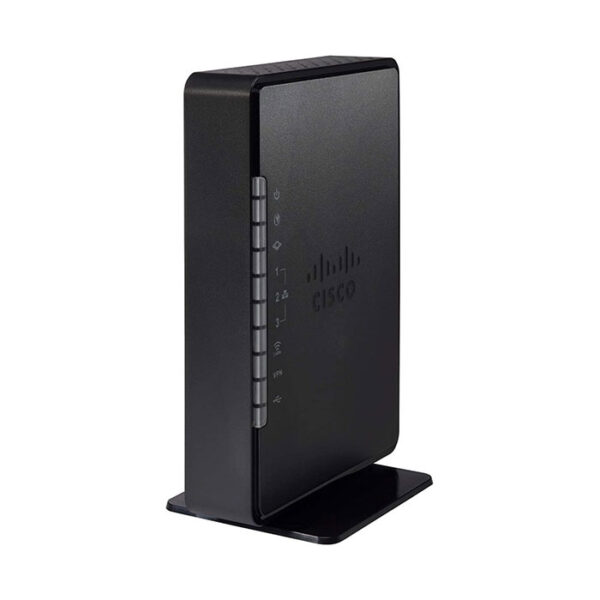
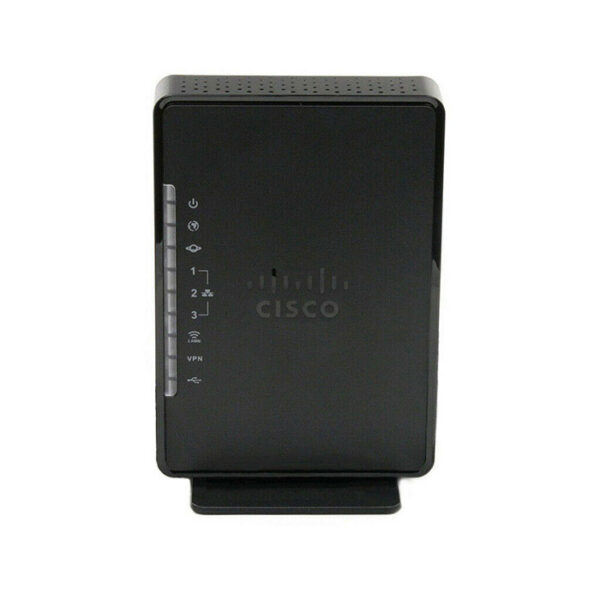
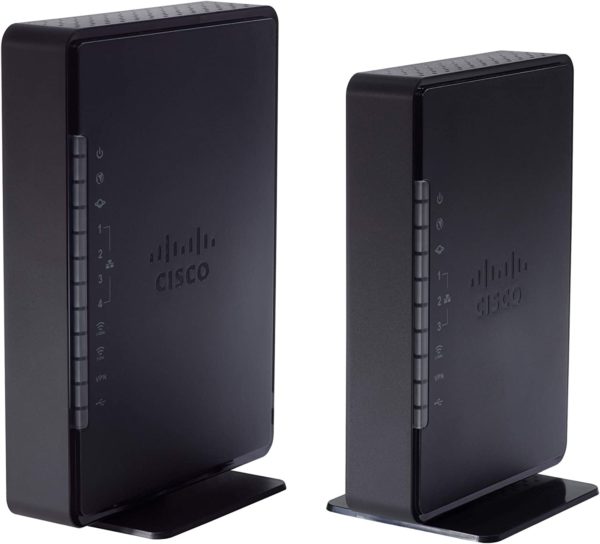
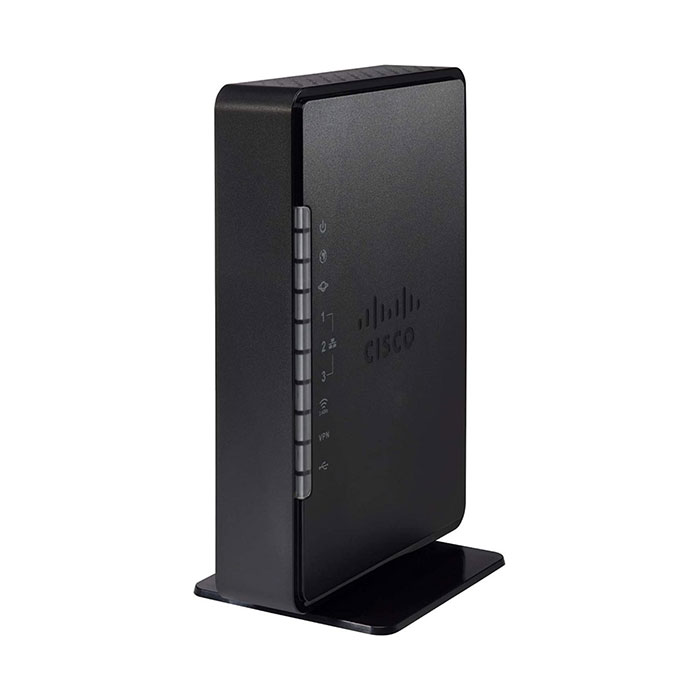
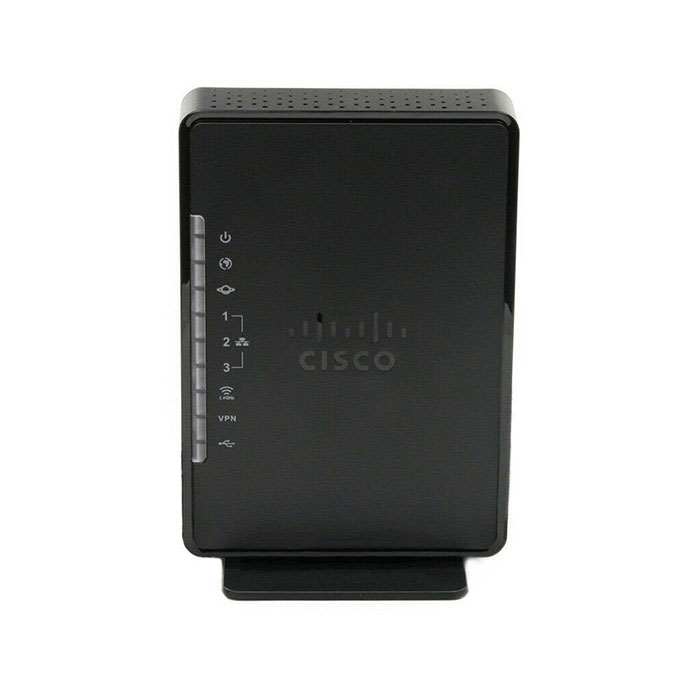
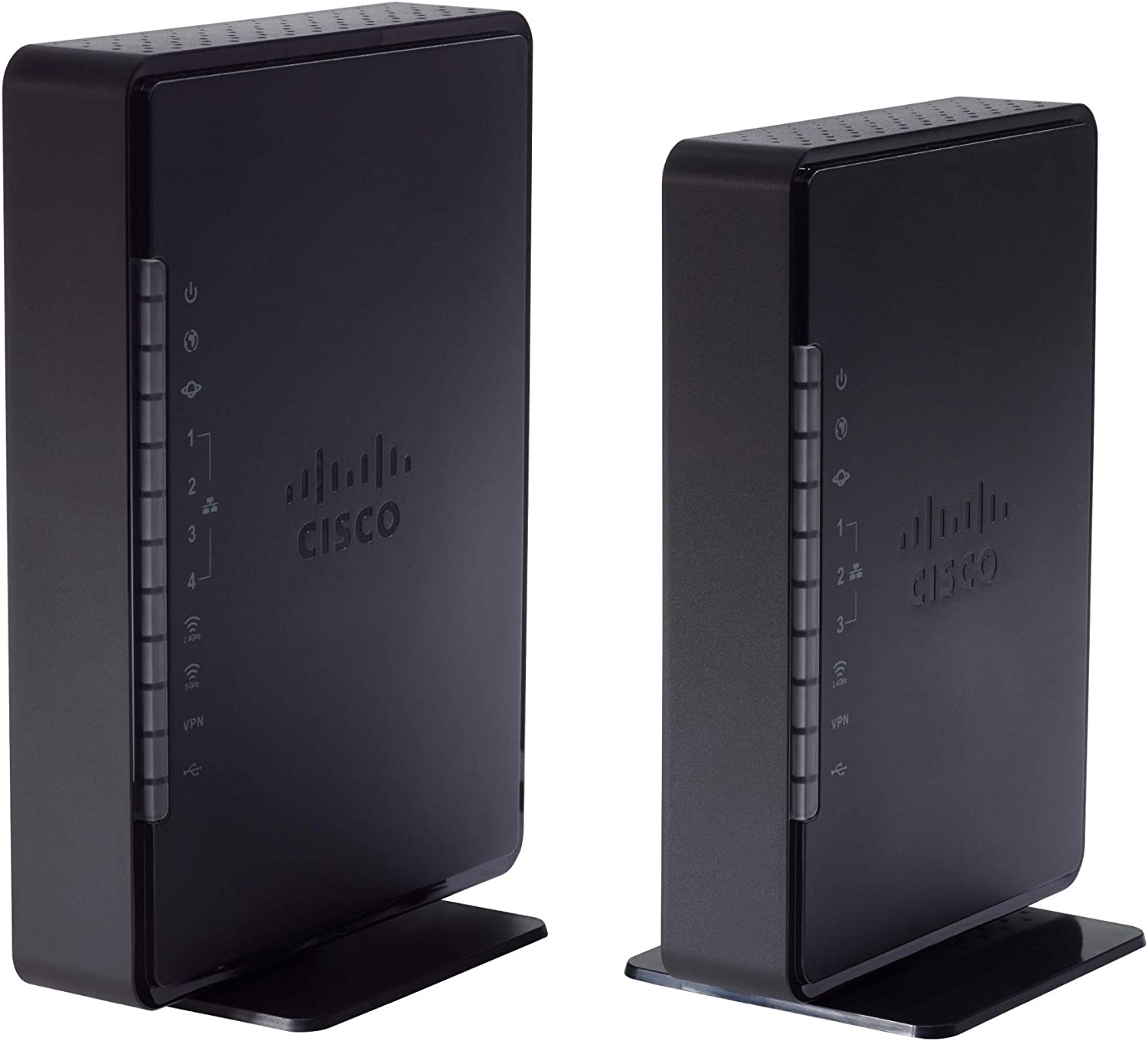
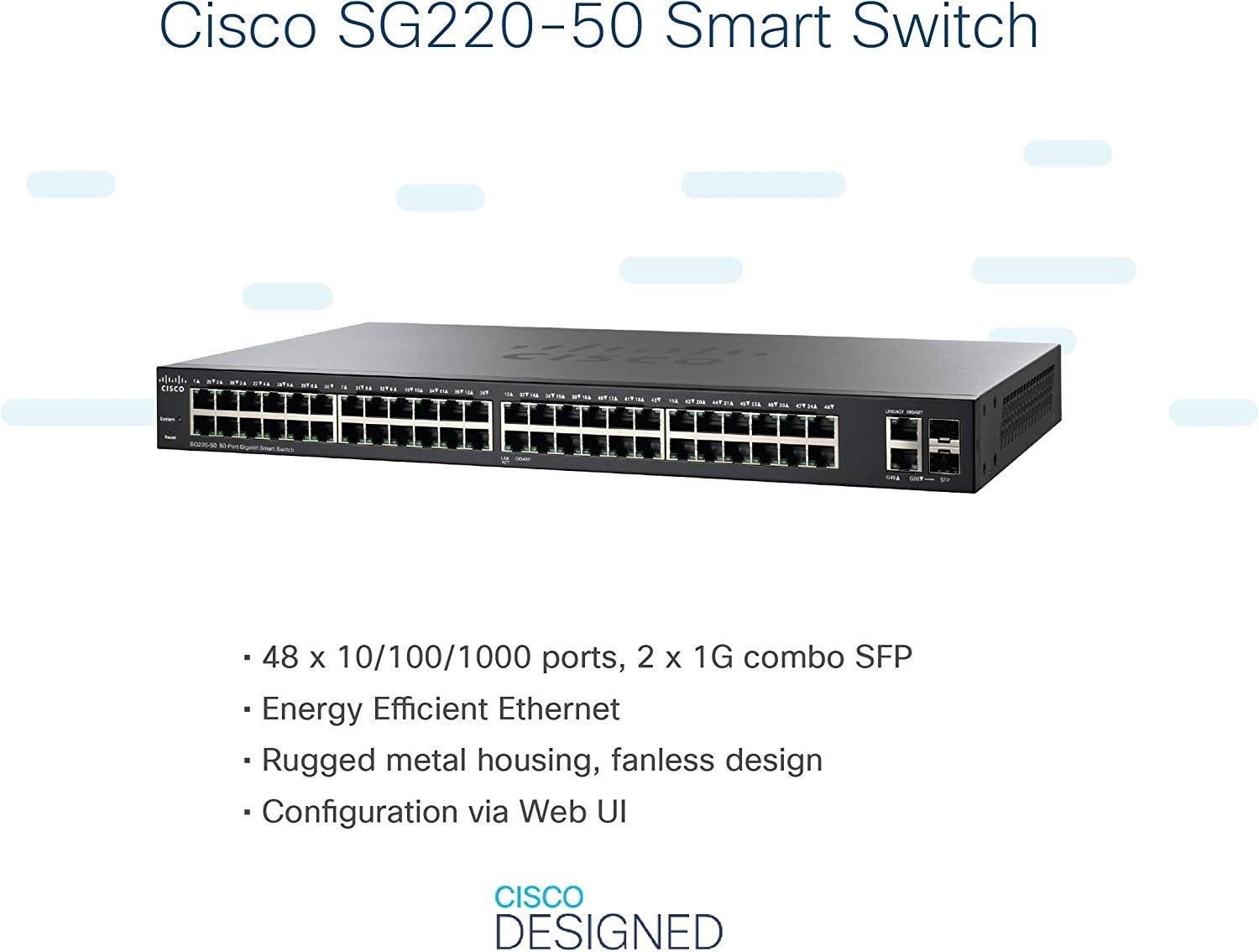
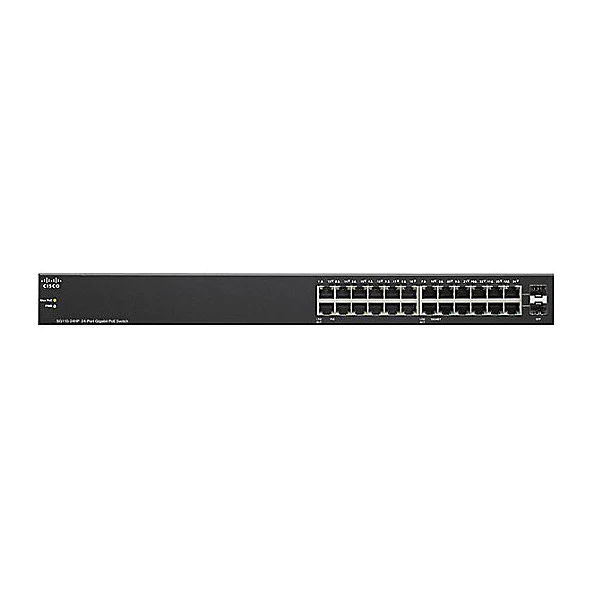
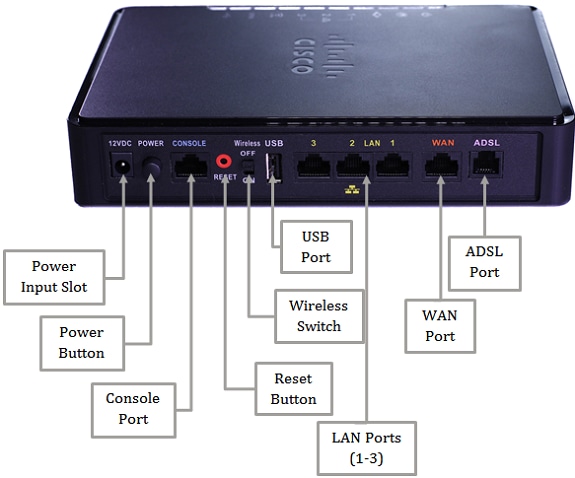




















Reviews
There are no reviews yet.